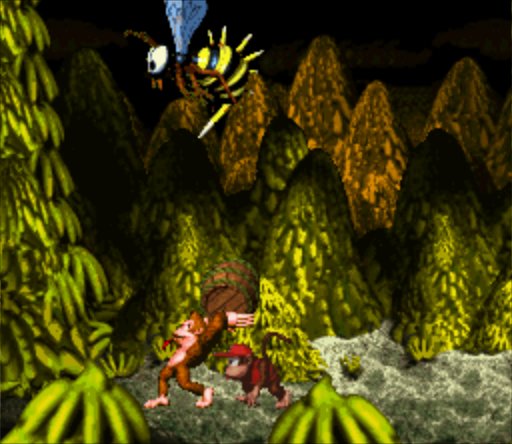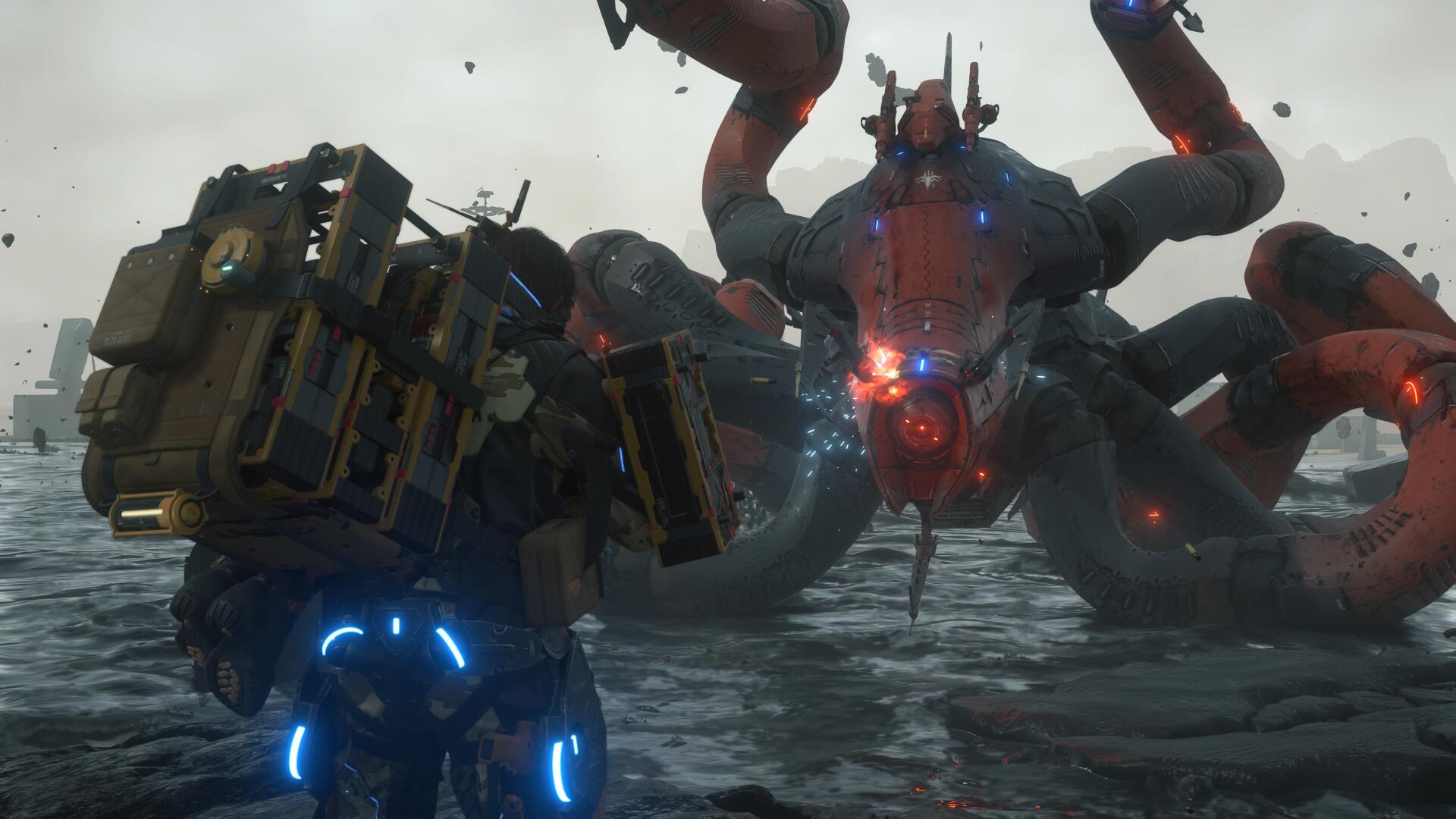Gaming's 9 most important crates
We sing the praises of gaming's unsung receptacle heroes
Back in the 90s, the Crate used to be the most powerful force in gaming. It was actually impossible to find a title which didn’t involve trekking through some warehouse, factory or, in a perfect universe, a Crate research facility. And it didn’t matter if you were exploring an alien world because even despotic extraterrestrial races needed cubic storage devices to transport their ammo and health supplies. It was a golden age for Crates.
But now, at the end of 2009, their mighty influence has waned, as if smashed to itty bitty pieces under the weight of a hefty melee instrument. No longer, we say - it’s time to remind ourselves of the thankless tasks the Crate has performed for the good of our videogames throughout history.
1. The Isometric Crate, as seen in Q*Bert (1982)
Crates were actually invented in 1982 for the arcade game Q*Bert. Before then the world only had cardboard boxes, which are famously weak and don’t make a satisfying crunchy noise when broken. The rationale for inventing this sturdier form of goods transportation was so that the containers wouldn’t collapse when Q*Bert, the game’s hero, jumped about on top of them.
The project was a true labour of love, and the developers produced 84 identical Crates to build the stack on display in its first level alone. Trust us, we’ve counted them. Twice. This is no random number, of course, as designers Warren Davies and Jeff Lee famously took the number 42 (believed by many to be the answer to the ultimate question of Life, the Universe and Everything) and doubled it, as if to say that Crates were twice as important as the universe itself. Which is, of course, completely true.

Q*Bert loved Crates. The objective of the game was to jump on every Crate in any given level and, just like a cat, Q*Bert would mark his territory by gently urinating on the boxes, causing them to change colour. You obviously don’t do that unless you’re big on Crates. But the real question is why a qualified warehouse operator would stack a large number of crates in that manner, and then let all kinds of weird animals jump about on them. Whatever it is, it’s not regulation. I dread to think what Health & Safety would say. And would it hurt to turn the lights on? Sheesh.

2. The Anti-Nazi Crate, as seen in DOOM (1993)
Fact: Hitler hated Crates. That’s obvious, just look at their muddy brown complexion and freedom-loving angled edges. That’s why you didn’t see any Crates in ID’s earlier title Wolfeinstein 3D, and John Carmack felt so guilty afterwards that his first impulse when creating the Doom engine was specifically writing code to render Crates. Observant readers will now understand that’s why, if the player stopped and truly listened, all Crates in the first Doom would preach pro-Churchill sentiments when approached.

It’s not until the second chapter of the game that the Crates really make their mark. The map in question, E2M2, is perhaps the first ever instance of the Crate maze, which would become a firm favourite of level designers later in the decade. Before E2M2 it’s just endless Barrels - which, whilst often associated with Crates, should never be confused with their rigid, right-angled brethren. If in doubt, consult our handy, and free, print-out-and-keep guide:
Weekly digests, tales from the communities you love, and more

3. The Animal Cruelty Crate, as seen in Donkey Kong Country (1994)
Any half-decent wildlife expert will happily tell you that an adult white rhino (which, as an aside, are actually grey - who on Earth came up with the name?) can stand six feet tall and weigh up to 3600kg. What they certainly won’t be able to talk about, however, is how to correctly stuff a Rhino into a small Crate. An act thought impossible until 1994, Rare(ware) achieved it in Donkey Kong Country with a Crate which looked much, much too petite and flimsy to contain an animal of such magnitude. The lesson here, clearly, is that one should never underestimate the potency of a Crate’s ability to contain all sorts of useful goods.

Too busy celebrating their fine work in smooshing animals inside small wooden Crates, Rare completely forgot to follow correct procedure for transporting animals as cargo. For a start - as we’ve already established - it would be completely impossible for the animals to stand and turn around within its confines. There’s also no marking on the Crate to indicate that it’s carrying a live animal, or documentation of any sort other than a crude print on the side. It doesn’t even have any air holes! It’s amazing Rare escaped prosecution for such blatant cruelty to animals. At least we can take comfort in the knowledge no Crates were seriously harmed in the making of the game.



